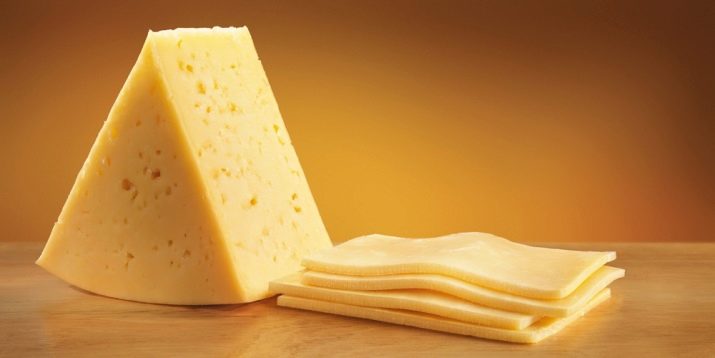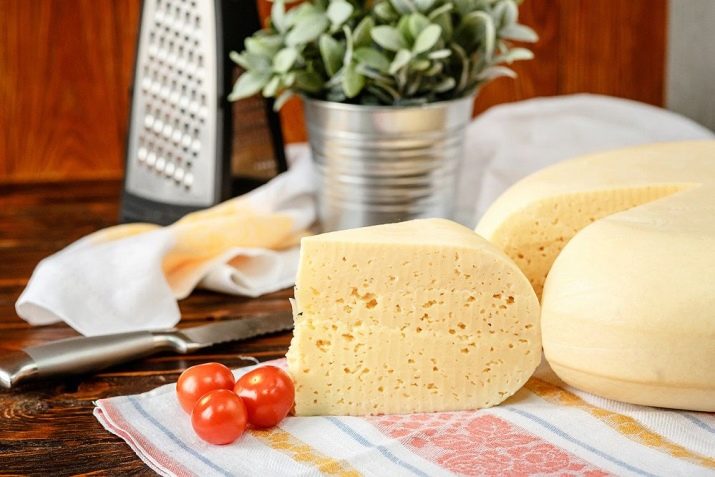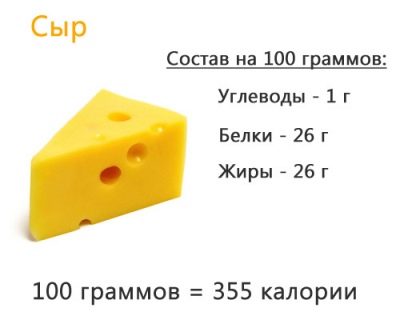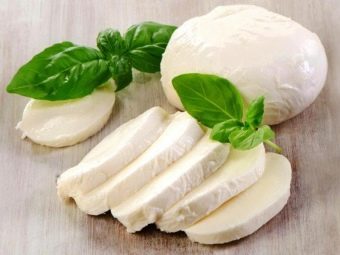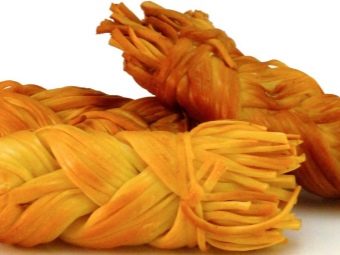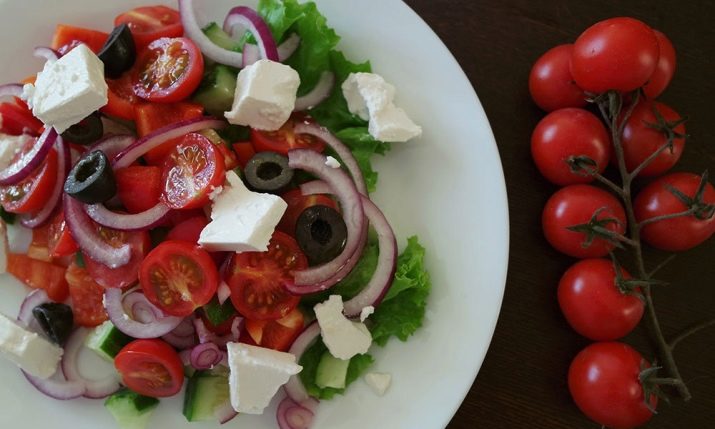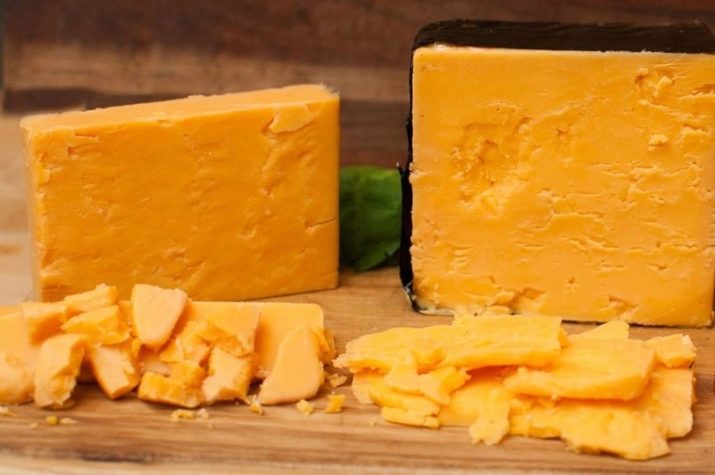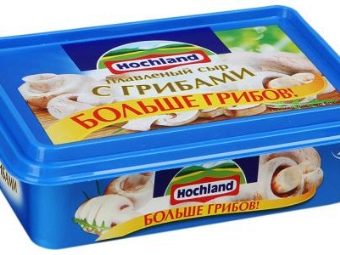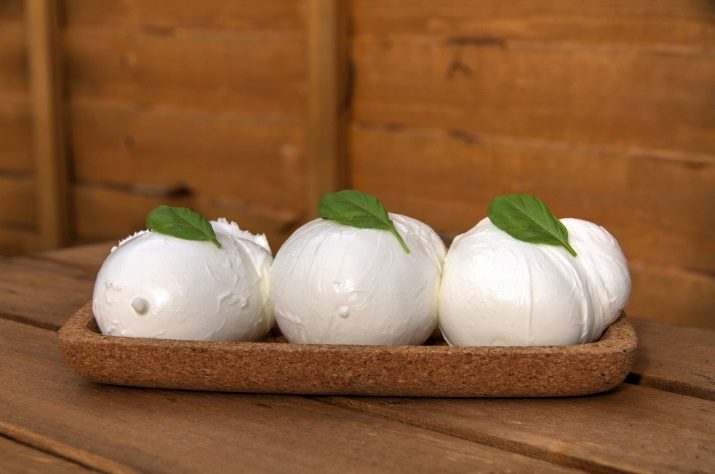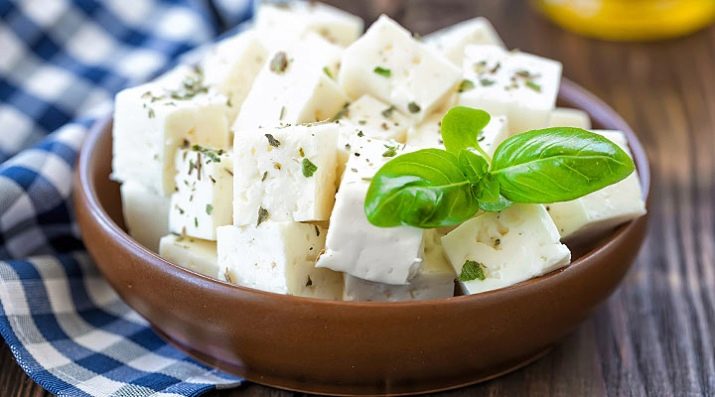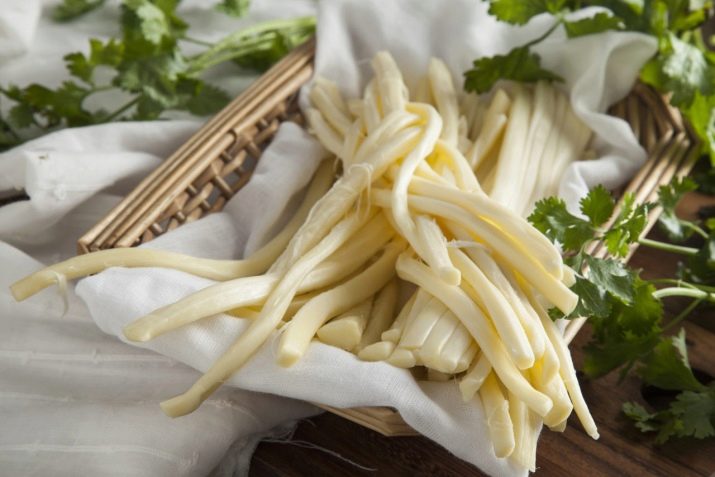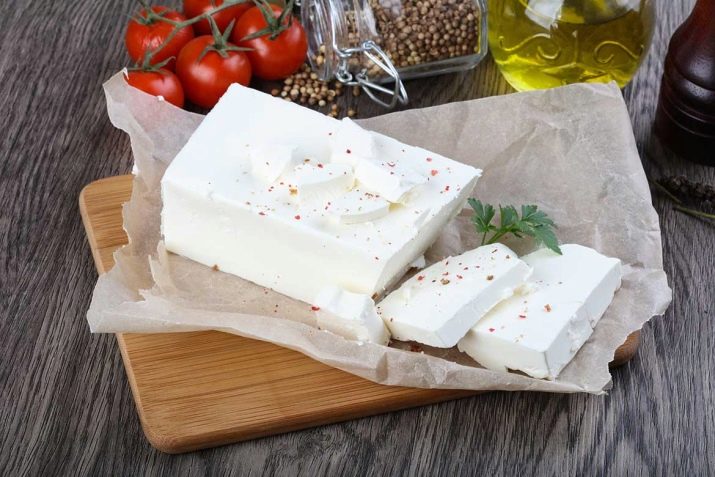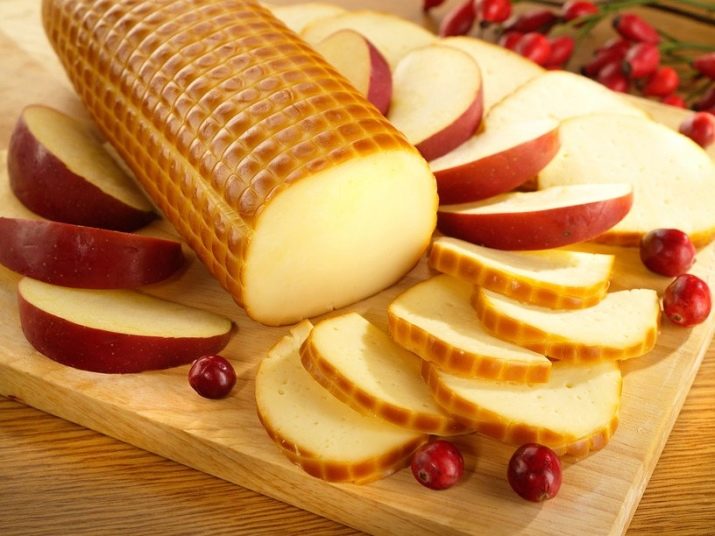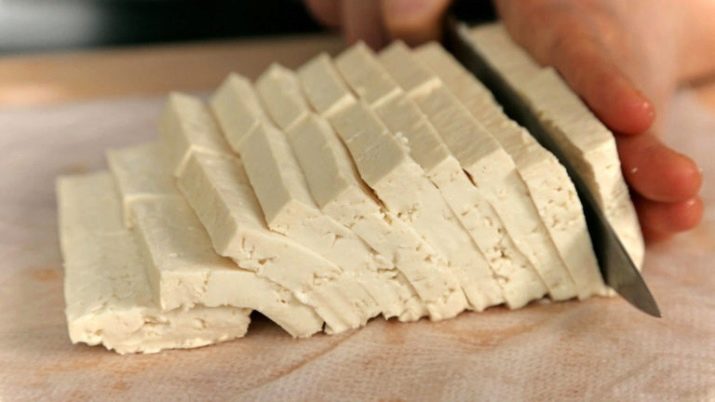Is it possible to eat cheese while losing weight and what are the limitations?

It is difficult to find someone indifferent to cheese.The variety of cheeses and their compatibility, useful properties - this is perhaps the whole science. And it is worth to master it, especially if you stick to a diet.
Does cheese contribute to weight loss?
Cheese is rich in amino acids, protein and calcium, and also contains many useful components that are necessary for the body and do not violate the processes of fat burning. However, this is true only with the right approach to the choice of cheese and nutrition in general. This product is high in calories, so you need to monitor the amount of its use and be sure to take into account its nutritional value when calculating KBLM.
By itself, cheese cannot cause weight loss, but it provides the body with essential fatty acids and protein., as well as minerals, vitamins and other "goodies", which the body usually suffers from a diet.
Most cheeses are easily digested and have a positive effect on the digestive organs. As a result, the food brings more benefits to the body, and the intestines are better cleared of toxins and toxins, metabolic and lipid metabolism is accelerated. Thus, it can be argued that cheese contributes to weight loss. Of course, coupled with other factors.
Nutritional value and calorie
Cheese is one of the main suppliers of protein in the body. At the same time, by its features it can be compared with the protein coming from fermented milk products. In both cases, it is fully absorbed by the body, which cannot be said about milk protein.
Proteins are necessary for the body to get energy, are the main “building material” for muscles, participate in metabolic processes, along with calcium provide health and strength of bones, teeth.
In addition to proteins, cheese is rich in amino acids, some of which are not produced by the body, but come only from food. Most cheeses are also distinguished by a high content of vitamins of group B. The latter are necessary for protein metabolism, beneficially affect the state of the intestines, participate in the blood formation processes and improve the condition of the nervous system.
B vitamins in combination with linoleic acid and sphingolipids are said to reduce the risk of developing oncological diseases, demonstrate an antitumor effect.
Calcium and phosphorus are also present in the cheeses. They are necessary for the strength of bones, their restoration after fractures. Phosphorus also activates cerebral circulation, stimulates cognitive processes.
The cheese consumed after workouts allows the muscles to recover faster (and this is one of the keys to muscle growth) and reduces their lactic acid content. The latter causes muscular pain after exercise.
Calorie cheese depends on its type, respectively, the characteristics of the composition and production technology. On average, it is 300-350 kcal per 100 g (hereinafter, we consider in more detail the energy value of some types of cheese), the caloric content of one cheese slice reaches 60-70 kcal.
It is important to take into account not only calories, but also the distribution in the composition of proteins and fats.
For example, smoked cheese and mozzarella have almost the same nutritional value, however, the level of proteins in the first hardly reaches 5-8 g, while in the mozzarella there are up to 28 g of proteins.
What time of day is it better to eat?
Due to its high calorie content and fat content, cheese is recommended to be consumed in the morning. The best option is for breakfast until 10 am. In this case, the product is best absorbed, which means it provides the body with a large amount of energy, minerals and vitamins. Optimally eat a small amount of cheese for breakfast.
At lunch, it is better to combine cheese with herbs, for example, in salads. Due to the peculiarities of the composition, the cheese makes better the intestinal microflora, which will not be superfluous in combination with other lunch dishes. Vegetables and greens will improve intestinal peristalsis, which will help to break down the cheese into individual components more quickly and more fully and assimilate them.In addition, greens will help avoid excessive mucus formation when eating fat-rich cheeses.
Unstable diet allows you to add cheese a couple of times a week to vegetable dishes used for dinner in the evening.
Eating cheese just before bedtime is highly undesirable.
- Incoming calories do not have time to be wasted, which means they will go straight to the body “reserves”.
- Because of the high protein content in cheese, the digestive system will spend most of the night digesting it. As a result, you risk waking up exhausted with a feeling of heaviness in your stomach.
Permissible species and varieties
Choosing cheese when feeding on a diet, the first thing you need to pay attention to is its fat content. It is permissible to use the product if its fat content is 9-17%. As a rule, mainly hard cheeses fall into this range. You can afford and cheese with a fat content of 18-25%, reducing its amount, respectively.
However, you need to pay attention to the balance of BJU, because sometimes fatter varieties contain colossal amounts of protein. This is especially important if, in addition to losing weight, you care about high-quality body composition, strive to increase muscle tissue.
So, Cheddar and Parmesan contain a large amount of protein, although their fat content exceeds 25%. However, it is only necessary to reduce their consumption, but not completely refuse.
Camembert cheese can also not be called dietary, but it is the product that is suitable for people with lactose deficiency. Naturally, it is better to eat it in a small amount than to suffer from not digesting less-calorie cheese.
Soft cheeses are usually more nutritious, the percentage of fat in them can reach 40%. However, since they do not boil, the protein of them is better preserved. In this case, you can always find dietary variations of traditional soft cheeses.
Adygea cheese rich in calcium, vitamins of group B, proteins and amino acids can be attributed to the permitted diets. It is good to add it to cottage cheese casseroles and cheesecakes, as well as sprinkle vegetable salads.
At the same time, their caloric content will increase slightly, because the energy value of the Adygei cheese is 240 kcal, and the dish will be enriched by 19 g of protein. The fat content of the product is on average 14%.
Melted cheese has a high calorie and fat content.However, it contains beneficial fatty acids, as well as vitamins A, E, which are antioxidants and help cleanse the body.
Also in cheese there is a lot of casein protein, which is characterized by long-term splitting (gives a long feeling of satiety) and minimal lactose content (another type of milk protein, which, however, more often causes allergies). In this regard, processed cheese is considered an easily digestible product.
With obesity and on a strict diet, its use is not recommended. However, even with a slight excess of weight, there is no daily basis for processed cheese.
But the famous Italian Mozzarella can rightly be considered a dietary product. In its composition and action, it is comparable to skimmed milk and curd, however, having a more savory taste, allows you to diversify the diet menu.
BJU product is mainly represented by proteins, which are also well absorbed. Mozzarella should be combined with greens, whole grain bread, durum wheat pasta, baked pear (so there is less sugar in it), nuts, and vegetables.
The calorie content of Mozzarella is 280 kcal, while it can be called a record holder (among the described varieties) in protein content - 28 g. Fat content - a maximum of 24%.
Dietary can also be called Ricotta cheese, which by its properties is similar to fermented milk products, but often has a lower fat content. Its caloric content is only 172 kcal per 100 g of the product, and proteins account for 11 g, and fat content reaches 24%. However, even the available fats are essential for energy and muscle mass fatty acids.It is not surprising that cheese is included in the diet of athletes.
When losing weight, you can not abandon the Greek Feta, which is the most powerful "supplier" of calcium and phosphorus in the body.
Traditionally, this cheese is prepared on the basis of sheep's milk, although modern modifications offer a product from skimmed cow.
It should be noted that such a replacement is not the best way reflected in the taste of the product, and the number of useful elements in it is reduced. It is better to use natural Fetu, made by the classical technology, reducing its quantity.
The indisputable benefit and healing properties of Georgian cheese Suluguni is characterized. Suffice it to recall the long-livers of the Caucasus, in the diet of which Suluguni is found every day in various forms, to be convinced of its benefits. Like most pickled cheeses, it is medium calorific, but contains a lot of protein, minerals and vitamins.
Suluguni gives a feeling of satiety, which persists for a long time. In addition, it has a beneficial effect on the state of the stomach, improves blood circulation. The high content of antioxidants in it helps to slow down the aging process of cells, improve the condition of the skin and hair.
Suluguni, of course, should not be eaten daily because of its high caloric content (290 kcal) and fat content (40-45%). The same indicators are characterized by Brinza (a little less calorie - 260 kcal).
Since we are talking about pickled cheeses (their ripening takes place in a saline solution), it is worth noting that in addition to calcium, iron, phosphorus and other vital elements, such cheeses have a high percentage of sodium in their composition. Sodium or salt in large quantities causes damage to the body - it is retained in the tissues, causing swelling and disrupting their functioning.
Partially offset the effects of sodium in such cheeses helps the choice of lightly salted product (unsalted varieties have a shorter time in brine), as well as soaking it in water or milk before use. When choosing Fet or Cheese, give preference to salt-free products, not sharp varieties, because spices stimulate the appetite.
Another type of dietary cheese is Tofu. It is based on soy, which causes a high protein content. At the same time, it is cheese with a minimum caloric content - only 90 kcal per 100 g of product.
It is believed that soy protein is quite competitive with proteins contained in meat products. This makes Tofu one of the healthiest foods for vegetarians, as well as athletes who are deficient in protein.
From sausage cheese in favor of a slim figure it is better to refuse. It is distinguished by high calorie content and a large amount of fat, but it almost does not contain calcium and vitamins.
This is due to the raw material used for the sausage product - rennet substandard. The cooking technology also cannot be called useful - it spends many hours in the smokehouse.
Curd cheeses are not recommended to use while dieting because of their high calorie content. The same can be said about Parmesan, varieties Lambert, Maasdam, Gouda, Dor Blue.
We make the menu
When making the diet menu, one should give preference to low-calorie compositions with an energy value in the range of 200-250 kcal and a fat content of not more than 20-24%. This cheese can be eaten daily for 1-2 pieces. If the caloric content exceeds 250 kcal per 100 g, then the product is better to eat in a day or two. In the diet it is better to enter together with fiber and in the morning.
It is important to study the composition - the presence of vegetable oils, especially palm oil, is unacceptable. It is not only not conducive to weight loss, but also reduces the absorption of the intestine and stomach, forming on their surface a kind of film, as well as increasing the level of "bad" cholesterol.
There are also special cheese diets, the main ingredient of which is this product. Most of them are based on a significant reduction in daily calories and bowel cleansing.During such a diet, at least 3-4 kg are consumed, lightness is felt, and digestion is improved.
Different varieties are combined with lean meat and fish, vegetables, sour fruits and dairy products. Herbal teas, unsweetened fruit drinks, and vegetable juices are offered as beverages. Be sure to use 1.5-2 liters of water (30 ml for each kg of weight).
Cheese diets for 3 and 10 days have become most popular. The important point is that they should be used no more than once every 4-6 months. They are allowed only in the absence of serious diseases, including chronic ones. Enter and exit the diet you need gradually.
The product is also used in the Dukan diet, with diet No. 5 it is Tofu, high-protein solid varieties and low-fat.
What can be replaced?
In diets, cheese, if you do not like it, you can substitute kefir, eggs, lean meat (chicken, turkey).
Solid varieties can be replaced by cheese, Mozzarella. By the way, all pickled cheeses are generally interchangeable. To taste with him like cottage cheese. For piquancy it can be filled with greens and salted.
On what kind of cheese is best to lose weight, see the following video.

